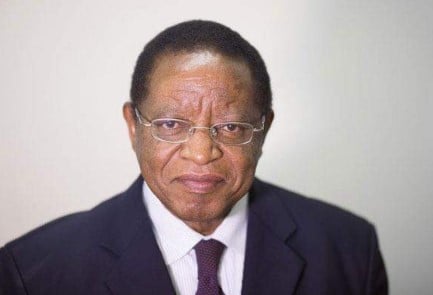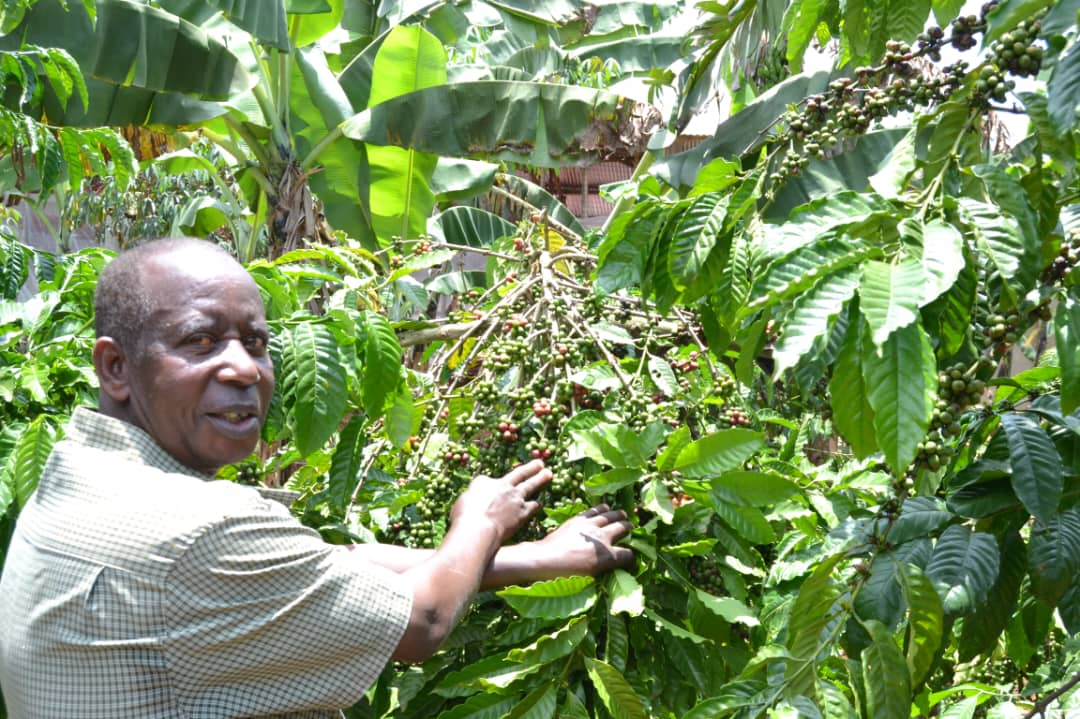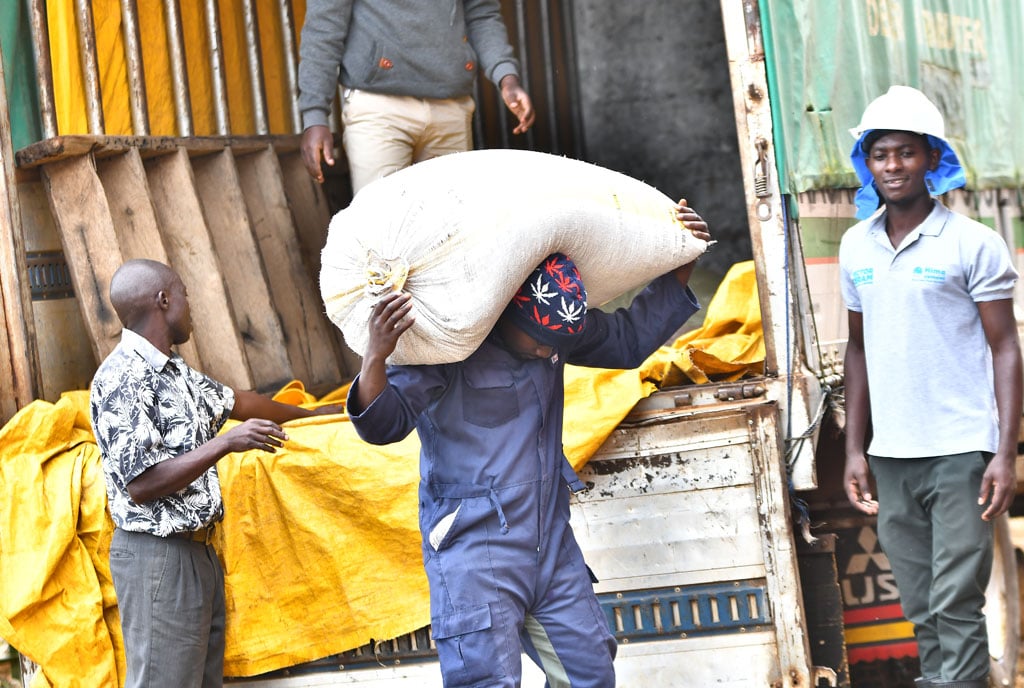Prime
Why we formed UCDA - Ezra Suruma

Ezra Suruma
What you need to know:
- The liberalisation of the coffee export trade and the liberalisation of foreign exchange controls were perhaps the most daring and far-reaching economic measures that were taken in the first five years of the NRM administration (1986 to 1990). – Ezra Suruma, author
By Ezra Suruma
Continues from yesterday ---- Uganda's coffee industry: Understanding the origins of UCDA
In spite of these weaknesses, however, the government knew that the prices the Coffee Marketing Board (CMB) paid farmers were less than 70 percent of the world price. CMB officials claimed that the discount prices paid to farmers were necessary because the CMB needed the money not paid to farmers to cover the costs of processing coffee at its plant in Kampala, to transport and warehouse the processed coffee in Mombasa Port, and to cover the costs of shipping the coffee to overseas markets and the various expenses associated with actually selling the coffee in these markets.
As a result of the CMB’s payment of lower prices to farmers, as well as the lateness of its payments, Ugandan coffee was being smuggled into neighbouring countries, especially Rwanda, to take advantage of higher cash prices in these markets.
The smuggling of coffee had intensified in the 1970s when government controls were at their highest levels and the domestic prices paid to coffee farmers were so low that smuggling coffee outside the country brought participants phenomenal returns comparable to trade in gold or diamonds.
Border towns like Kabale, which is near the Uganda-Rwanda border, flourished. A construction boom emerged in these border towns as smugglers sought ways to invest their enormous gains from the illicit trade in coffee.
Interestingly enough, smuggling was not limited to enterprising civilians alone. Soldiers, who were part of the ruling oligarchy at this time in Uganda’s history, took full advantage of their public positions to form smuggling alliances with civilians or became independent “entrepreneurs” themselves. Of course, during the day the soldiers “hunted down” the smugglers, but at night the soldiers and the smugglers broke bread together and shared the proceeds of smuggling.
So when the World Bank first mentioned the idea of liberalising the export of coffee, I trembled at the prospect of touching what had been a venerable institution of Uganda for over three decades. I shuddered at the prospect of government losing the last source of foreign exchange and tax revenue.
Therefore, I said no, and the matter was left alone for some months until persistent pressure by the World Bank on the Minister of Finance and the Presidential Economic Council forced them to study the matter further.
In April 1990, I was instructed to lead a team to London, Costa Rica, Colombia, and Madagascar to observe the export systems of those countries. We visited these countries and found various degrees of export liberalisation. The liberalisation was generally partial, with a mixture of free markets and some governmental regulation and control.
On return to Kampala in May 1990, I immediately moved into my new role as the deputy governor under the new governor, Charles Kikonyogo, and proceeded to write our team’s recommendations. We recommended liberalisation of the export sector and were amazed by the speed with which the Presidential Economic Council accepted our recommendation. Virtually overnight every entrepreneur in Uganda wanted to get into the exporting business. Within a month or so of the liberalisation, Uganda went from one coffee exporter to more than 100.
Our recommendation was that a regulatory authority, to be known as the Uganda Coffee Development Authority (UCDA), be set up to deal with issues of quality, research and development of new varieties of coffee, and coffee statistics. The authority was to be financed by a small tax of 1 percent on exports to cover its costs.
The most dramatic and immediate effect of liberalisation was the sudden jump in the prices received by the farmers. Where formerly farmers had received 60 to 70 percent of the world market price—and that after long waits for payment from the CMB—they now received 80 percent of the world market price.
However, there was also a surprising influx of foreign firms into the business. The team’s fears that foreign firms might eventually dominate the business turned out to be right.

A farmer in Bunyangabu spreads out coffee. The smuggling of coffee had intensified in the 1970s. PHOTO/MICHAEL KAKUMIRIZI
At a later date (1993 to 1996), when I became chairman and managing director of Uganda Commercial Bank, I tried to assist domestic exporters in accessing lower-cost funds from the bank. However, the concessional rates I could offer did not match the lower interest rates in Europe and the United States. Eventually many of these small firms dropped out of the business, and only a handful remain today.
Impact of export liberalisation
Did the liberalisation of the coffee export business affect the production and export of coffee in Uganda? To answer this question, I have examined Uganda’s coffee production data from 1980 to 2009 and export data from 1964 to 2009. Coffee export data from 1964 to 1970 show an average growth of seven percent a year. But there were many fluctuations, with exports falling in half of the years and rising in the other half. In general, however, the export volume increased from 2.1 million bags in 1964 to 3.0 million bags in 1970.
During Idi Amin’s era (1971 to 1979), coffee exports plummeted. Exports reached a maximum level of 3.7 million bags in 1972 and then declined to a low of 1.7 million bags in 1977. On average, coffee exports declined by two percent a year during this decade.
Severe fluctuations characterised the 1980s, with production ranging from 2.1 million bags in 1982 to 3.1 million bags in 1988. The overall growth mean was 4 percent a year.
Following liberalisation, exports performed very strongly, reaching unprecedented levels of 4.2 million bags in both 1995 and 1996. In the initial years of liberalisation, production stagnated at two million bags a year for the period 1990 to 1992. Thereafter, production rose to higher levels in successive years, ranging from 2.8 to 4.2 million bags from 1993 to 1999. It is therefore tempting to suggest that export performance improved after liberalisation. In fact, the average rate of growth for the period was six percent a year.
However, this conclusion may be premature when one looks at the performance for the period of 2000 to 2009. Average annual growth was only two percent, less than it was in the 1980s when the CMB was the monopoly exporter. Export volumes declined in half of the years during this period, and the volumes exported averaged 2.8 million bags a year. The figures show that despite the liberalisation, overall there was no significant difference in export performance over the five decades from 1960 to 2010.
Following the liberalisation of coffee marketing, the much-feared disappearance of foreign exchange did not materialise. The coffee exporters had to bring back dollars and convert them into shillings to pay for more coffee for export and to cover their domestic costs.
The central bank allowed them to open foreign exchange deposit accounts with commercial banks and to convert their dollars as and when they wished. This invigorated the foreign exchange market and strengthened the shilling in the new, freely floating foreign exchange market. Indeed, the volume of trade in the foreign exchange market grew very rapidly, buoyed by both increased trade and aid funds.
The liberalisation of the coffee export trade and the liberalisation of foreign exchange controls were perhaps the most daring and far-reaching economic measures that were taken in the first five years of the NRM administration (1986 to 1990). Together with the control of inflation, they must go down as truly revolutionary economic actions by an African country at that time.
After these huge challenges were tackled successfully, the other major financial problem that remained was a very weak banking system in which many crucial institutions were on the verge of collapse.
Just as the government was emerging from the difficult reforms of the foreign exchange market, the export sector, and monetary policy, we found ourselves grappling with a banking system that had virtually collapsed and needed immediate solutions to stop it from undoing the little economic stability that had been so painfully achieved.
Thus the reform of the banking sector became one of the major challenges of the Ugandan economy in the 1990s.
From: Advancing the Ugandan Economy-A Personal Account by Ezra Suruma (Brookings Institution, Washington DC, 2014).



